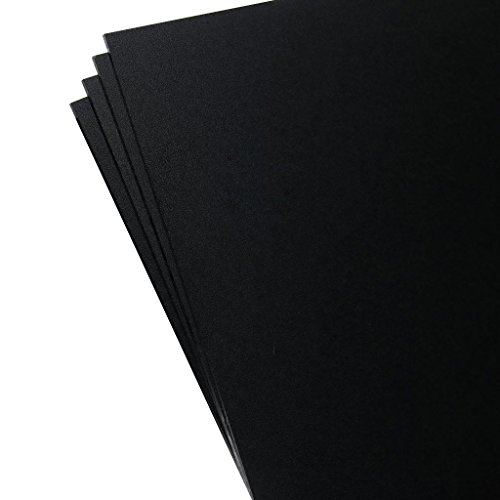Related posts
Feature
Higher breakage resistance than competitive thermoplastics as measured by the Notched Izod testAmong the most rigid of thermoforming materials with a modulus of elasticity of 2,482 MPa (360,000 psi)
Easy to form with excellent part definition and deep-draw characteristics
Great for knife sheaths and gun holsters
Made in USA
Description
KYDEXKYDEX sheet has excellent forming properties, which results in uniform wall thicknesses and crisp detail. KYDEX sheet forms to deep draws with low forces when heated to the upper end of the forming temperature range. Unlike many other thermoforming sheets, KYDEX sheet has unusually high resistance to hot tearing.
Forming Guidelines
- Oven temperatures should be set differently than the settings used for ABS or FR-ABS.
- Typical heater settings (percentage timers) are 30% - 50% top heaters and 50% - 70% bottom heaters.
- The most frequent problem is trying to heat the sheet too quickly, particularly on the primary surface.
- Cycle times will vary depending on the oven conditions and grade of KYDEX sheet being formed.
- When forming KYDEX sheet, it is better to rely on the sheet appearance during heating than on fixed cycle times.
- Forming temperatures - Guidelines: (Sheet should not exceed 204C (400F).
165 - 177C (330 - 350F) for < 1.50mm (0.060").
182 - 196C (360 - 385F) for 1.50mm to 3.20mm (0.060" to 0.125").
196 - 204C (385 - 400F) for > 3.20mm (0.125")
- Ideally the core sheet temperature should be within 10F of the surface temperature.
Sheet Appearance During Heating
As KYDEX sheet is heated, the inherent stresses in the sheet will relax.
Stage I: The heating is marked by wide undulations and softening.
Stage II: The material will start to form small ripples (known as oil canning). .
Stage III: The material will start to smooth out and sag (KYDEX sheet will generally sag less than other thermoplastics due to its high melt strength. .
Stage IV: The ripples will have smoothed out indicating that most stresses have been removed. 10 to 30 seconds afterwards the sheet is ready to form.

